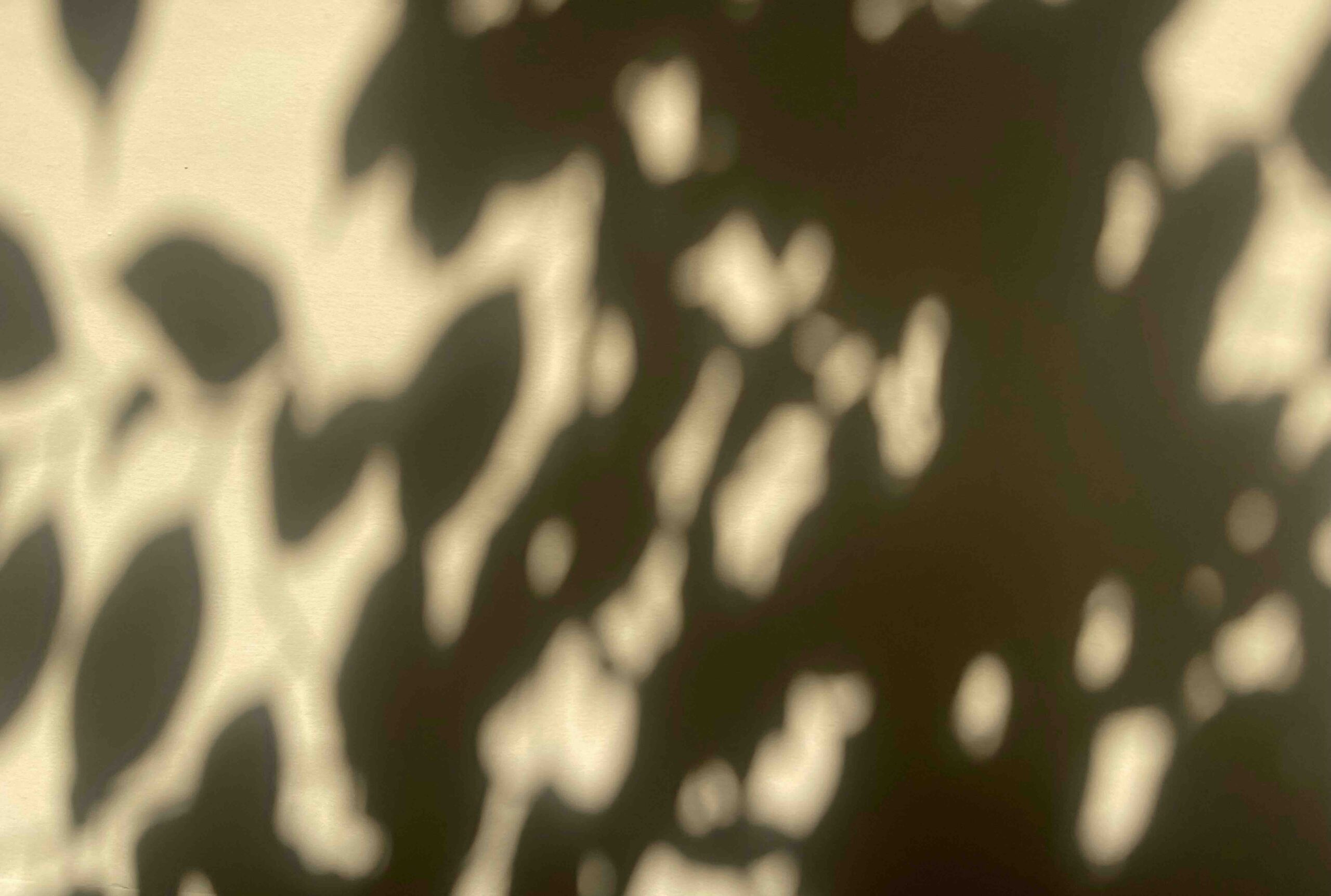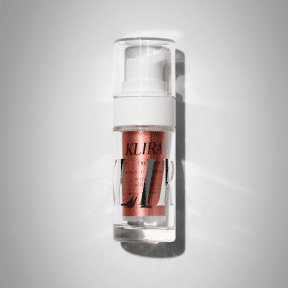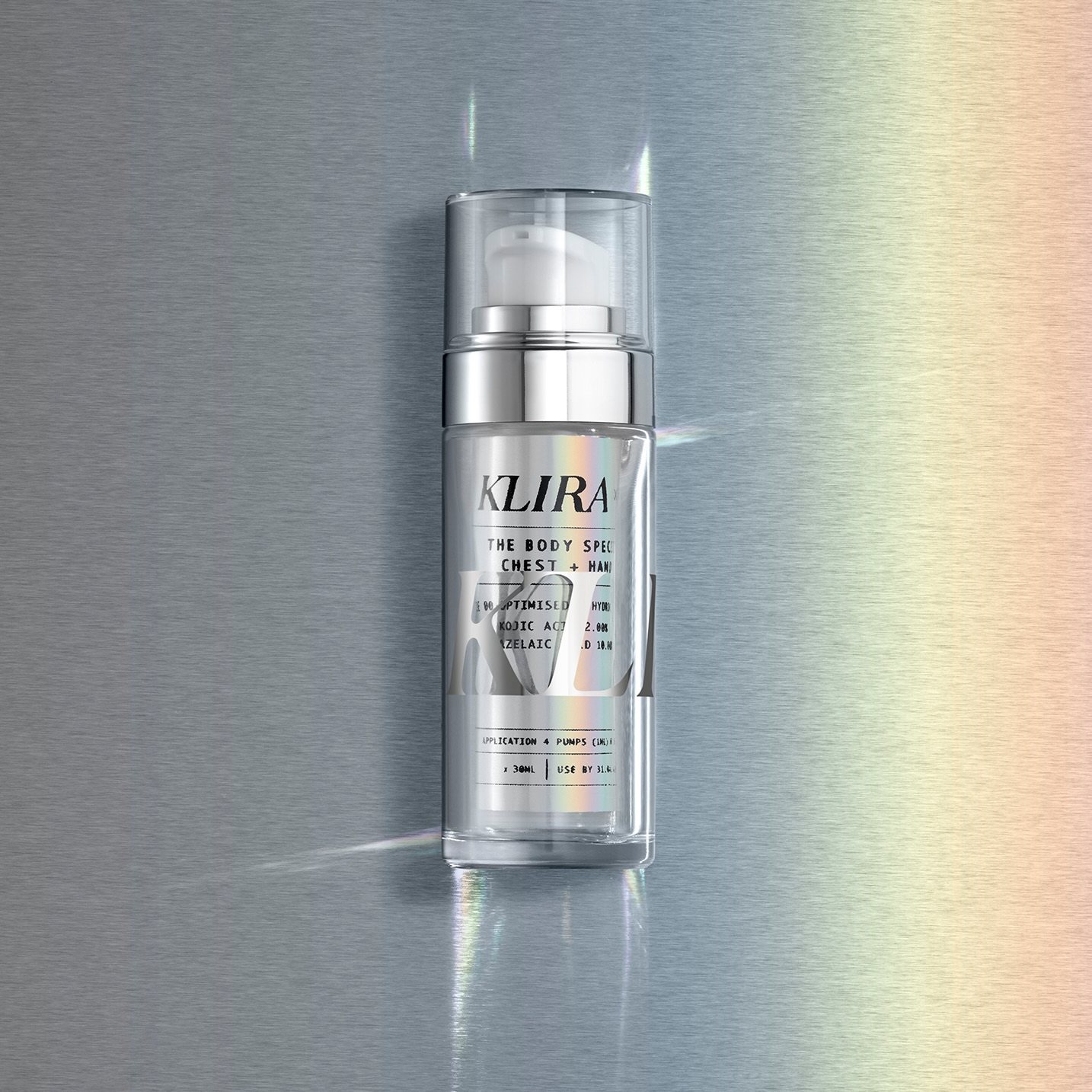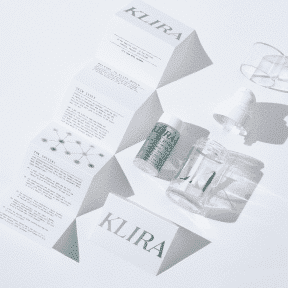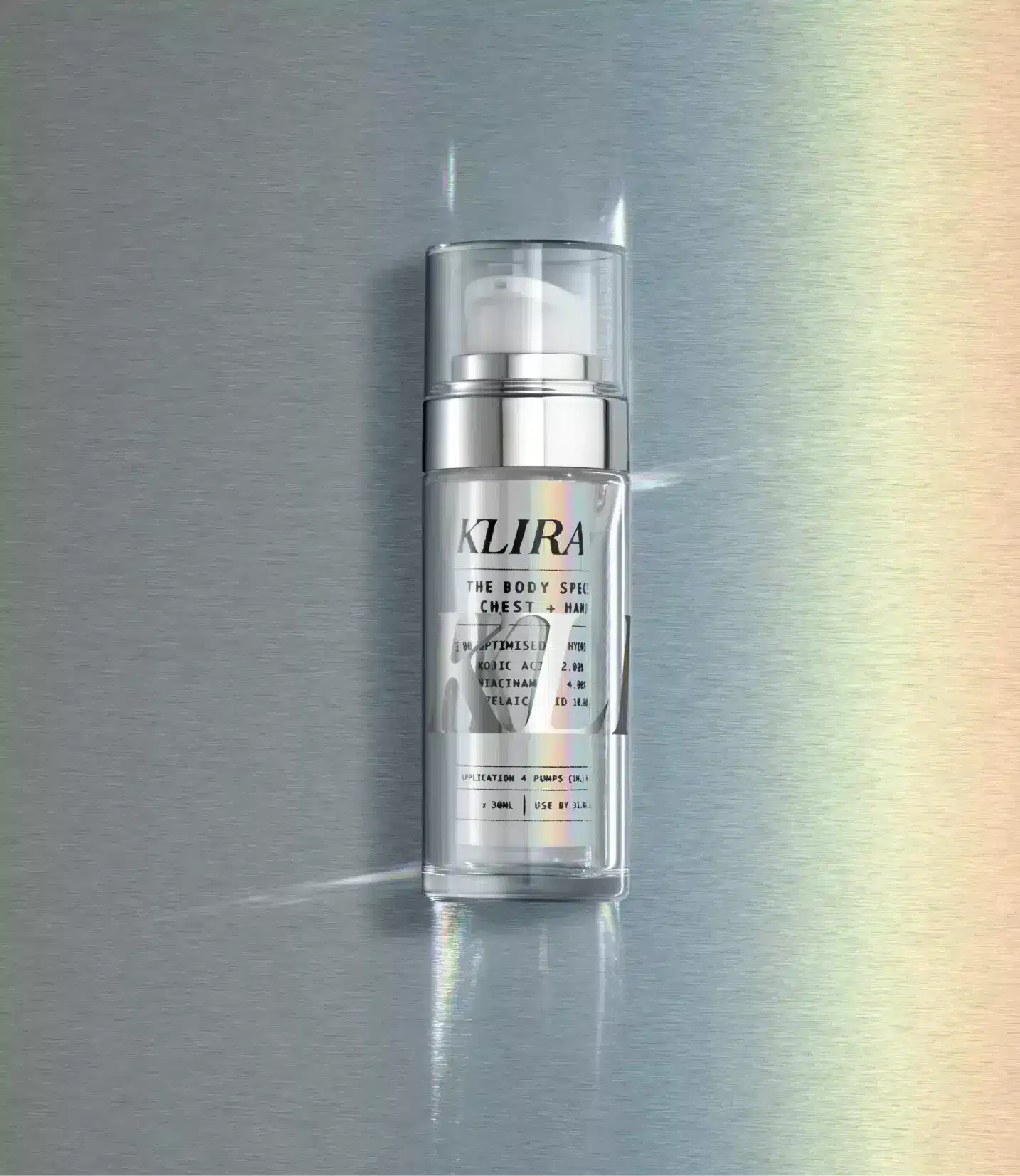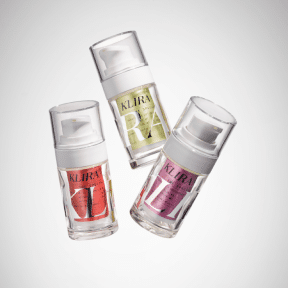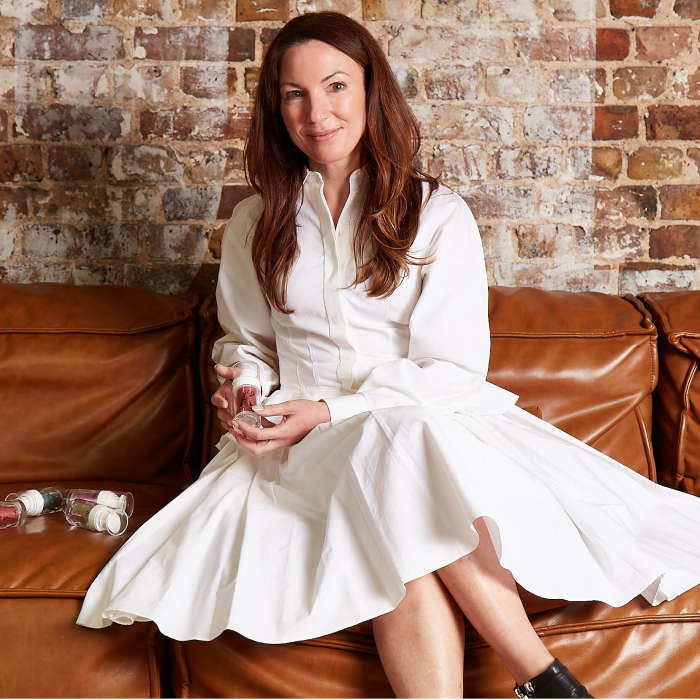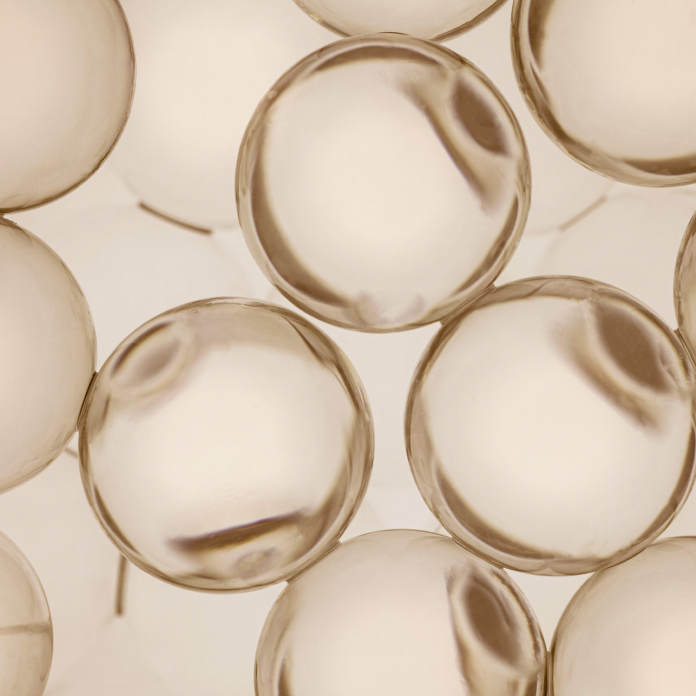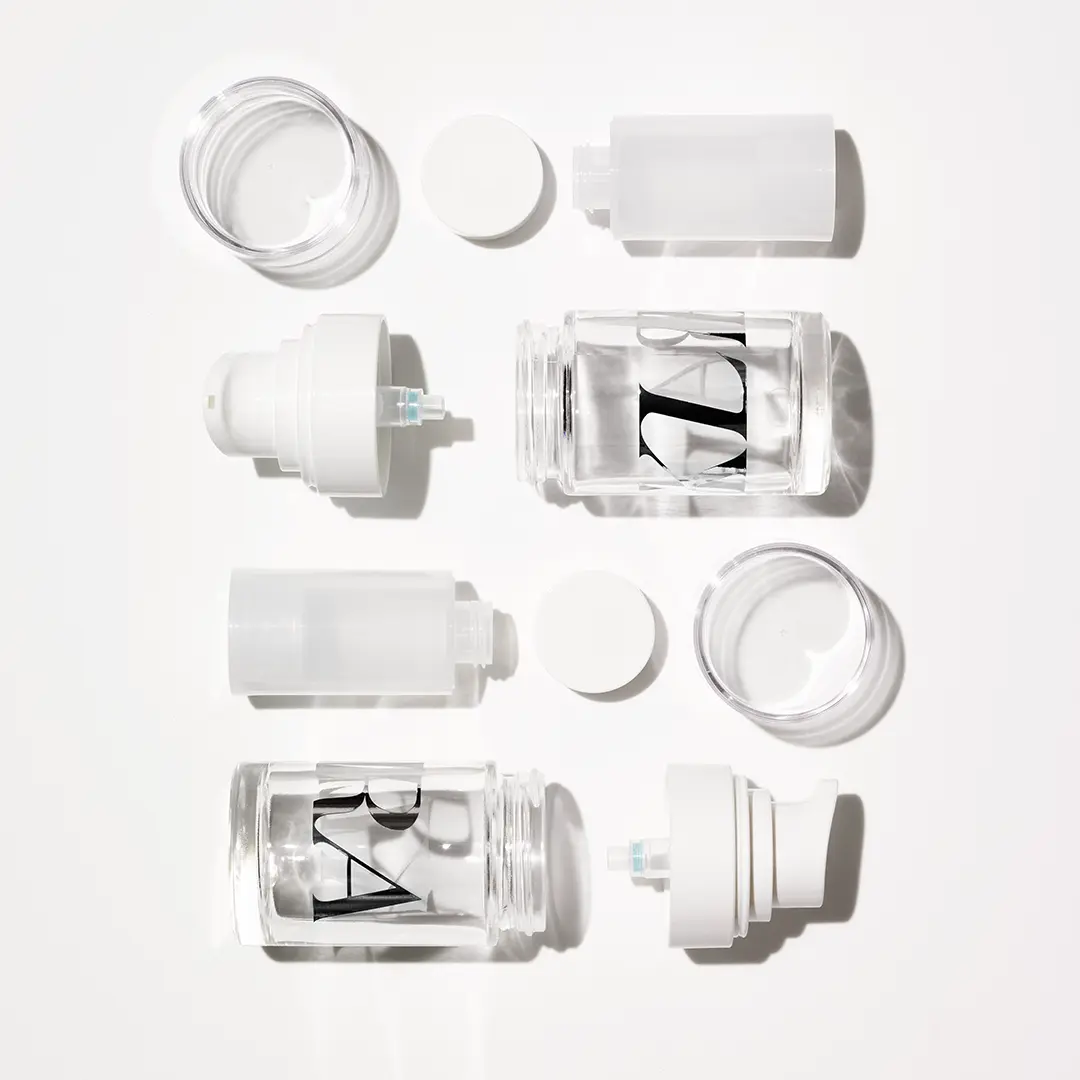
As summer winds down, many of us notice new or worsened skin concerns — from stubborn patches of melasma to an increase in dryness and sensitivity. Sun exposure, heat, and environmental stressors can compromise the skin barrier, making it the perfect time to focus on both repair and protection.
Melasma: When Hormones Meet Sunshine
Melasma often presents as brown or grey patches on the face and can be stubborn once it develops. It is commonly triggered by hormonal changes – such as during pregnancy or with oral contraceptive use – which make melanocytes (pigment-producing cells) more active. Sun exposure worsens the condition, as UV radiation further stimulates melanin production, and a genetic predisposition often plays a role.
- Why summer makes it worse: Increased UV exposure drives melanocytes to overproduce melanin, causing existing pigmentation to darken and new patches to appear.
- What helps: Daily broad-spectrum SPF 50 is non-negotiable to prevent further darkening. For targeted treatment, dermatologist-led options like the Klira Special can help fade existing pigmentation by combining prescription-strength actives (e.g., azelaic acid, tretinoin, and hydroquinone where appropriate) into a formula tailored to your skin.
Post-Inflammatory Hyperpigmentation (PIH)
Not all pigmentation after summer is melasma. PIH happens when the skin responds to inflammation (acne, eczema flares, or even insect bites) by producing extra melanin. This is more common in darker skin tones, where melanocytes are naturally more active.
- Why summer makes it worse: Heat, sweat, and UV prolong redness and irritation, which can make marks darker and slower to fade.
- What helps: Gentle skincare that calms inflammation and reduces irritation, alongside daily SPF. A Klira Special can be personalised to include anti-inflammatory and pigment-suppressing ingredients for faster improvement.
Dry & Sensitive Skin After Summer
Long days outdoors, sunscreen re-application, chlorine, and travel can disrupt the skin barrier. Signs include flaking, redness, tightness, and increased sensitivity.
- Why it happens: UV exposure and heat accelerate water loss from the skin, while salt water and chlorine strip away natural oils.
- What helps: Switch to a gentle, hydrating cleanser, such as the Cetaphil Gentle Cleanser, layer in a soothing moisturiser, and keep SPF in your routine (yes, even as the days get cooler).
Barrier Repair & Sensitive Skin Ingredients
Barrier damage is one of the hidden costs of summer. Once the lipid barrier is weakened, skin becomes more reactive. To restore resilience, look for these dermatologist-approved ingredients (all of which are in the Klira Special):
- Ceramides: the actual lipids (fats) that make up ~50% of the skin barrier; applying them directly replenishes what’s been lost, locking in moisture and sealing out irritants.
- Hyaluronic Acid: restores hydration levels.
- Azelaic Acid: calms inflammation and gently evens pigmentation.
Building a Post-Summer Routine
This structure ensures you’re protected during the day and repairing overnight:
Morning
- Gentle cleanser
- Moisturiser (optional)
- Broad-spectrum SPF 50
- Makeup (optional)
Evening
- Gentle cleanser
- Soothing moisturiser
- Klira Special (for melasma/photo-damage repair)
Professional Treatments Worth Considering
Sometimes skincare alone isn’t enough. Under professional guidance, certain treatments can complement your at-home routine:
- Chemical peels: help shed pigmented skin cells and refresh dull, uneven tone.
- IPL or Q-switched laser: may improve resistant pigmentation, though caution is needed with melasma as lasers can sometimes trigger rebound pigmentation.
- Tranexamic acid: can be prescribed topically or orally in select cases; it reduces melanocyte overactivity and helps calm inflammation.
- Hydroquinone: the gold standard pigment-suppressing agent, but only for short-term use under medical supervision.
Always consult a dermatologist before starting in-clinic or prescription treatments to ensure safety and effectiveness.
️ Protect + Repair Going Forward
SPF every day: A lightweight, broad-spectrum sunscreen is the cornerstone of both melasma control and barrier recovery.
Personalised treatment: A Klira Special provides prescription-strength repair for pigmentation and photo-damage, with dermatologist oversight.
Hydration support: Look for ceramides, niacinamide, and hyaluronic acid to replenish skin barrier function.
Final Takeaway
Your skin has been your shield all summer –now it’s your turn to shield and restore it. The right approach is not choosing between protection and repair, but combining both every day.
Daily SPF prevents new pigmentation from setting in.
Tailored repair (like the Klira Special) fades existing marks and restores balance.
Barrier support with hydrating ingredients builds long-term resilience.
By starting now, you’re not just treating the after-effects of summer – you’re future-proofing your skin for the months ahead. Healthy, even, and resilient skin is achievable when you protect and repair in tandem.
References
- British Association of Dermatologists. Melasma [Internet]. London: British Association of Dermatologists; 2024 [cited 2025 Aug 21]. Available from: https://www.bad.org.uk/pils/melasma





















